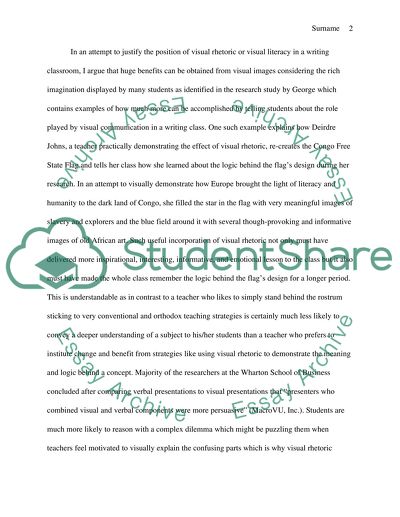Cite this document
(“Writing in the Visual Age Research Paper Example | Topics and Well Written Essays - 1750 words”, n.d.)
Retrieved from https://studentshare.org/english/1399945-writing-in-the-visual-age
Retrieved from https://studentshare.org/english/1399945-writing-in-the-visual-age
(Writing in the Visual Age Research Paper Example | Topics and Well Written Essays - 1750 Words)
https://studentshare.org/english/1399945-writing-in-the-visual-age.
https://studentshare.org/english/1399945-writing-in-the-visual-age.
“Writing in the Visual Age Research Paper Example | Topics and Well Written Essays - 1750 Words”, n.d. https://studentshare.org/english/1399945-writing-in-the-visual-age.


